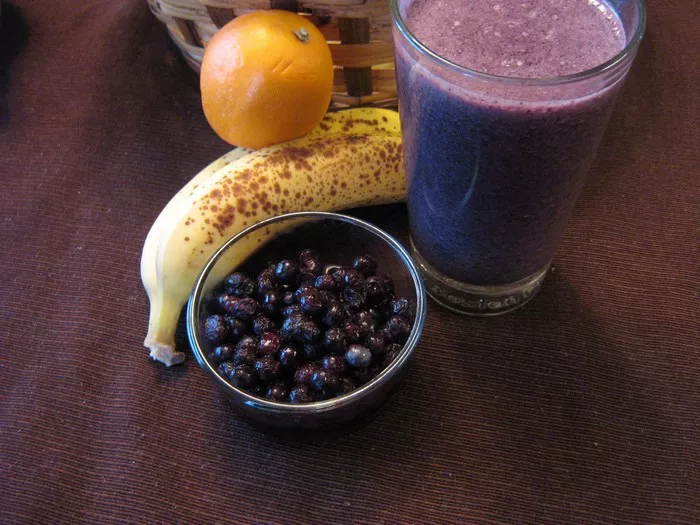Birds’ Nest Soup, a luxurious delicacy enjoyed worldwide, is renowned for its exquisite taste and numerous health benefits. Derived from the salivary secretions of certain swiftlet species, birds’ nests are meticulously processed into a gelatinous mass that, when cooked into soup, transforms into a mouthwatering dish. Whether you’re a seasoned gourmet or new to this culinary gem, here’s a comprehensive guide on how to eat Birds’ Nest Soup, covering everything from selection and preparation to serving and enjoying.
Understanding Birds’ Nest Quality
Types of Birds’ Nests
Birds’ nests can be categorized into several types based on their origin and quality. The most sought-after are white nests, which are cleaner and have a lighter color due to the swiftlets’ diet. Red nests, on the other hand, are darker and may contain impurities such as feathers and twigs, reflecting a different diet and nesting environment.
Grading Criteria
Quality is often graded by appearance, cleanliness, and texture. Premium nests are larger, thicker, and have a pristine appearance with minimal impurities. Lower grades may have a more broken texture and require more cleaning.
Preparing Your Birds’ Nest
Soaking
Before cooking, soak the birds’ nest in cold water for about 4-6 hours or overnight. This helps soften it and makes it easier to clean and cook. Use a bowl that’s large enough to allow the nest to fully expand without overcrowding.
Cleaning
Once soaked, gently pick out any visible impurities like feathers, twigs, or debris using tweezers or your fingers. Be careful not to break the nest’s strands, as this can affect its texture and appearance in the final dish.
Draining
After cleaning, drain the nest well to remove excess water. Use a fine sieve or a cloth to gently press out the liquid, ensuring the nest retains some moisture for cooking.
Cooking Birds’ Nest Soup
Basic Ingredients
- To create a classic Birds’ Nest Soup, you’ll need:
- The soaked and cleaned birds’ nest
- Chicken or vegetable broth
- Rock sugar or honey for sweetness (optional)
- Salt to taste
- Aromatics like ginger slices and scallions (optional)
Boiling Method
Prepare the Broth: Start by boiling your chicken or vegetable broth. For a richer flavor, use homemade broth or a high-quality store-bought version.
Add Aromatics: If using, add ginger slices and scallions to the boiling broth to infuse it with additional flavors.
Cook the Nest: Carefully place the drained birds’ nest into the boiling broth. Reduce the heat to a gentle simmer. Cooking time can vary depending on the nest’s thickness and desired texture, but typically, it’s around 20-30 minutes for a soft and tender result.
Seasoning: Once the nest is cooked, remove it from heat. Taste the broth and adjust the seasoning with salt. If you prefer a sweeter touch, add a small amount of rock sugar or honey.
Steaming Method
An alternative to boiling is steaming. Place the soaked and cleaned nest in a heatproof bowl, pour in enough boiling broth to cover, and then steam for about 30-45 minutes. This method is gentler and can preserve the nest’s delicate texture even better.
Enhancing Your Soup
Adding Ingredients
Birds’ Nest Soup is highly adaptable and can be enhanced with various ingredients to suit your taste preferences and dietary needs. Popular additions include:
- Goji berries for added nutrition and a subtle sweetness.
- Red dates to enrich the broth with a natural sweetness and earthy flavor.
- Ginseng for a luxurious, health-boosting touch.
- Lily bulbs to balance the flavors and add a floral aroma.
Creative Variations
Feel free to experiment with different broths, such as pork, duck, or even mushroom broth, to create unique flavors. You can also incorporate other delicacies like shark’s fin, abalone, or sea cucumber for an even more indulgent experience.
Serving and Enjoying
Presentation
Serve Birds’ Nest Soup in small, elegant bowls to highlight its precious nature. Garnish with a few slices of fresh ginger, a sprinkle of chopped scallions, or a few drops of sesame oil for an added touch of elegance.
Temperature
Enjoy the soup at a warm temperature. Avoid letting it cool too much, as the birds’ nest can become rubbery.
Pairings
Birds’ Nest Soup pairs beautifully with light dim sum dishes like steamed buns or dumplings, or serve it as a standalone dessert after a hearty meal. It’s also delightful with a side of jasmine rice or steamed vegetables.
Conclusion
Eating Birds’ Nest Soup is not just about indulging in a culinary delicacy; it’s an experience that combines flavor, texture, and tradition. By following these simple steps—from selecting high-quality nests to meticulously preparing and cooking them—you can enjoy a bowl of Birds’ Nest Soup that is not only delicious but also brimming with cultural significance and health benefits. Whether you’re hosting a special occasion or treating yourself to a luxurious meal, Birds’ Nest Soup is sure to elevate your dining experience to new heights. So, gather your ingredients, roll up your sleeves, and embark on a culinary journey that promises both satisfaction and sophistication.
Related Topics:



























